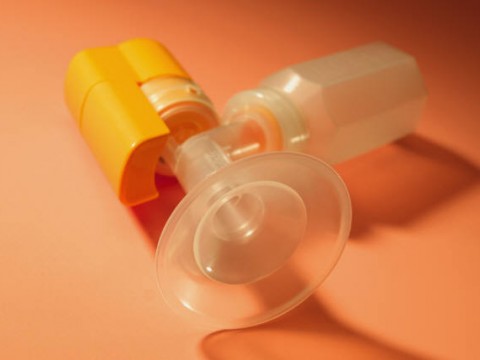If you’re a breastfeeding mom who is returning to work, you might have questions regarding pumping and how to safely store your milk. While you will need to make adjustments to your schedule to accommodate pumping, many women are able to successfully breastfeed and go back to work. Here are five tips on returning to work:
1. Do research as early as possible.
Erin Moore, a board-certified lactation consultant and doula, says some women are pleasantly surprised to discover that their employers offer accommodations for breast pumping at work, and it is important to find out what the policies are early on.

“This will give you ample time to do your homework and help to put a policy and plan into place and will give your employer time to accommodate your needs,” she says.
2. Know the pumping-at-work laws.
The Fair Labor Standards Act (FLSA) states employers must “provide reasonable break time and a private, non-bathroom place for nursing mothers to express breast milk during the workday, for one year after the child’s birth.”
3. Purchase the right kind of breast pump for working moms.
A single-action hand pump might not be enough for a working breastfeeding mom. Consider a double-action electric pump.
Moore says mothers who plan to express milk on a regular basis should look for a quality, double-electric breast pump. She notes that some mothers rent hospital-grade pumps until they can purchase their own. She says hospital-grade pumps are safe for multiple users, because they feature a closed system. Moore recommends these hospital-grade pumps: Medela Symphony, Medela Lactina, Ameda Elite and Hygeia EnDeare. Moore recommends these single-user pumps: Medela Pump In Style, Ameda Purely Yours Ultra, and Hygeia EnJoye. Most experts advise against buying or borrowing a used pump because of the risks of bacterial infections.
4. Use caution when introducing bottles early.
When to introduce the bottle to breastfed babies is a topic of controversy. Some babies transition from bottle to breast easily. Others might experience “nipple confusion” if the bottle is introduced too early. Also,the mother’s milk supply might not have time to become fully established if the bottle is introduced too soon. Opponents of early bottle feeding state that mother and baby miss out on important bonding at the breast when the bottle is introduced. On the other hand, bottle feeding gives fathers and other family members chances to share in the special time with the baby.